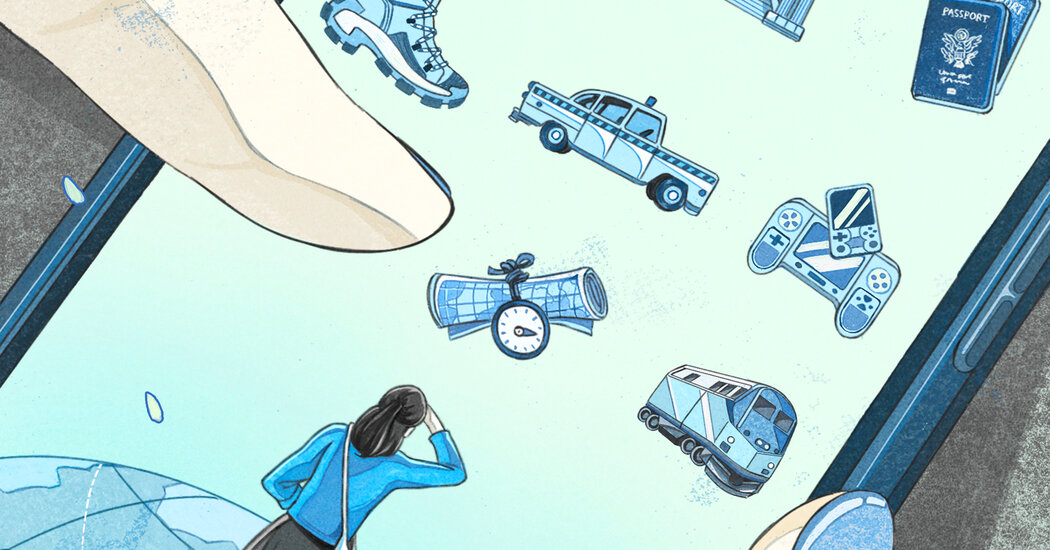Getting around
The U.S. government’s free Mobile Passport Control app can help U.S. citizens and some other groups — even travelers not in the Global Entry program — make their way through immigration and customs more quickly by scanning their passport into the app and adding a selfie within four hours of arrival. Preloading the information speeds your interaction with the officer.
For detailed information on public transportation that can go beyond Google Maps, Moovit (free with ads or Moovit+ with additional features and no ads for $17.99 per year) and Citymapper (free with ads or $9.99 per year) can help with routes, fares and trip length around the world. In cities like New York and London, make sure you’ve loaded a credit or debit card in your digital wallet and set it up for transit to avoid lines by using touchless payment at turnstiles.
In some countries, hailing a cab on the street may be difficult or unsafe. So where Uber and Lyft aren’t available, download local trusted ride-hailing apps that offer set fares and location tracking. In Vietnam, Thailand and other Southeast Asian countries, for example, Grab offers rides in cars, taxis and on the backs of motorcycles. In India, Ola is a popular choice.
Entertainment
For hours spent in planes, trains and hotel rooms, load your device with a mix of diversions and destination information. Taylor Beal, a travel blogger from Philadelphia, who leads high school groups on trips to Europe, recommends borrowing electronic library books using Libby and Hoopla. The apps are free but require a local library card from one of the more than 90,000 participating public libraries and schools.
For road trips in the United States, the phone app Autio ($35.99 annually, with a free trial) offers 23,000 short stories and information about the surrounding landscape and history, based on your location. Offerings include Kevin Costner on the northern Great Plains and John Lithgow on “Footloose” filming locations.

